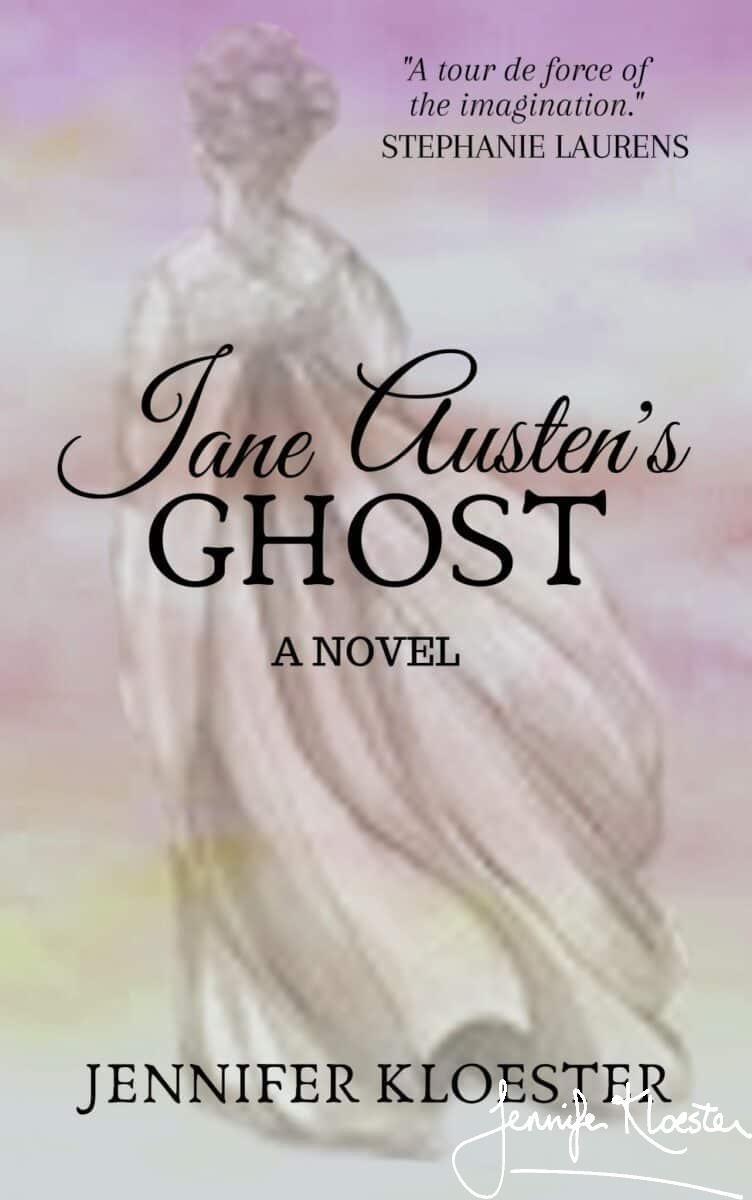
A delight to write!
It seems incredible that this week marks the fifteenth anniversary of the publication of my first book, Georgette Heyer’s Regency World. It was such a delight to write and how much I enjoyed researching it! My love of Georgette Heyer’s many novels began in 1985 when I discovered These Old Shades in the tiny YWCA library in our remote town in Papua New Guinea. But the idea for a companion to Heyer’s novels happened while I was living on the island of Bahrain in the Arabian Gulf. It was an idea born of a conversation with an American friend to whom I had recently introduced Georgette Heyer’s historical novels. She loved them and we spent many happy hours discussing the books and trying to work out which were our favourites (an impossible question with an ever-changing answer!). At times we both expressed a wish for a book that would explain some of the things in Georgette Heyer’s Regency novels that we did not fully understand, could not imagine or with which we were only vaguely familiar. Things like Regency dress, snuff-boxes, carriages, town and country houses, the social hierarchy, Cribb’s Parlour, the Fives-Court, Rotten Row, manners and etiquette, famous people, and a host of other Regency ephemera that we longed to be able to visualise and understand in all their rich detail. Although Heyer’s writing is so good that the reader generally gets a sense of what is meant or looks like or how it operates, we yearned for more detail.
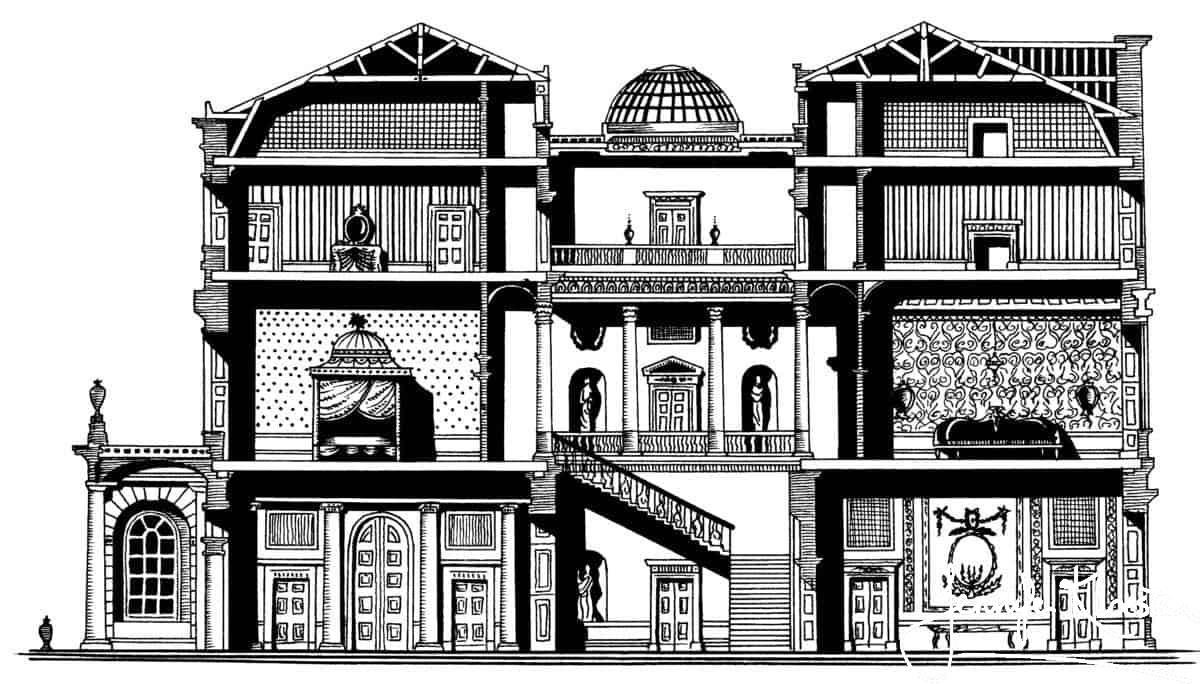
Regency research
In 1997 I returned home from the Middle East and immediately began working on what I then thought of as a “Georgette Heyer Handbook”. I had no clear idea of its structure or layout or whether it would ever be published, but I knew there were many things in Heyer’s novels that inspired me to find out more. I began re-reading her novels in chronological order, beginning with The Black Moth. In the earliest days of my research my idea for the reference guide was to include all of Georgette Heyer’s novels but that proved an overwhelming task and after several months I began to focus solely on her 26 Regency novels. I created an index card system for each novel, its characters, places and historical elements. I also created an alphabetised set of index cards for anything in her novels that I thought might be unknown or unfamiliar to modern readers. For example, under “A” were things like Angouleme bonnets, Astley’s Amphitheatre, abigails, Almack’s and Angelo for fencing.
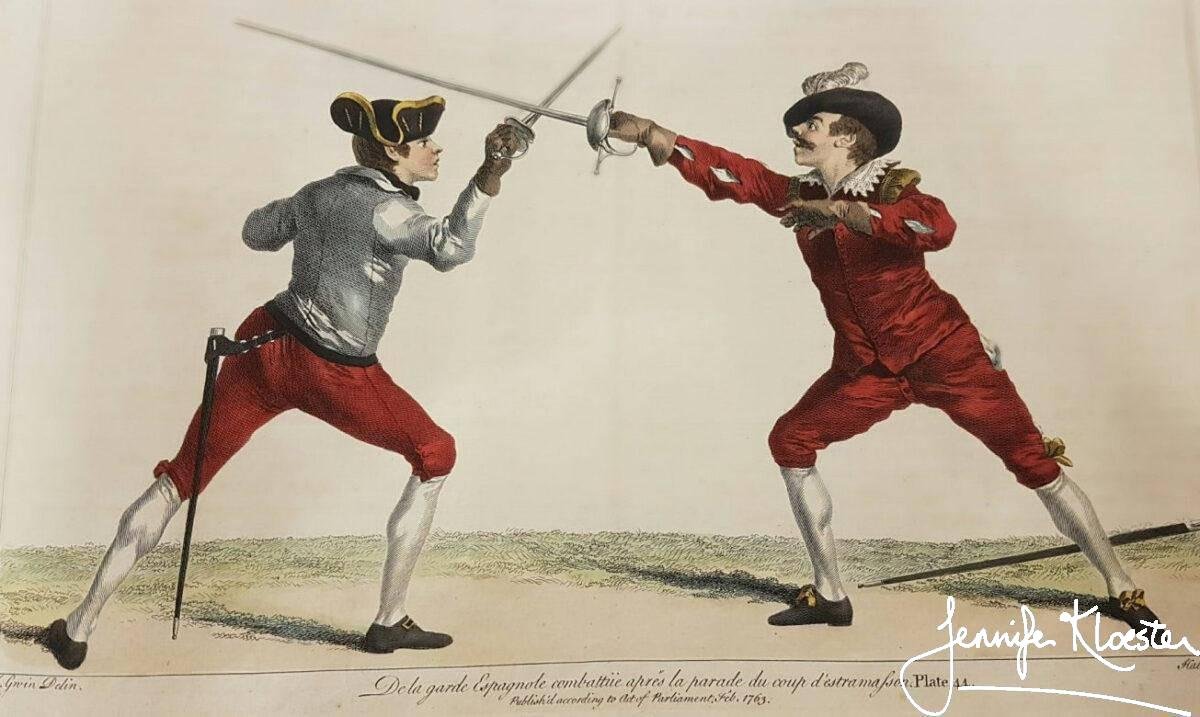
The wonderful British Library
My card files and notebooks grew and grew and then, in 1999, I was lucky enough to go to London for a special event and, while there, I paid my first visit to the British Library. It is still one of my favourite places on earth and I’ll always remember being given my first British Library membership card. It was like a Golden Ticket that opened the door to a magical kingdom. The Rare Books and Music Reading Room became like a second home whenever I was in England as did the Newspaper Library at Colindale. On that first visit I found myself near to tears when the librarian handed me a copy of the 1787 edition of Domenico Angelo’s The School of Fencing, with a General Explanation of the Principal Attitudes and Positions Peculiar to the Art. could hardly believe that I was actually be allowed to handle and read a 200-year-old book and one that I knew Heyer had read (though perhaps not that exact same volume) and from which she had drawn much of the fencing practice and terminology which so greatly enhanced her historical novels.

Extraordinary encouragement
For a long time I told no one about my research project, but one day my former history lecturer invited me to lunch at the university. After 13 years of study, mostly doing one subject a semester in either Papau New Guine or Bahrain, I had finally finished my BA. My favourite history lecturer, Roy Hay, had been a great mentor and I’d learned a huge amount about essay-writing and 19th-century British history from him. Over lunch, for some reason, I told him about my Georgette Heyer Handbook idea. He sat back in his chair and looked at me for several long seconds. I remember thinking he’s going to tell me to “stop wasting my time and go and get a job.” Instead, after a long silence he suddenly leaned forward, looked me in the eye and said, ‘That’d make a fantastic PhD!” It was such a surprise, but in that moment I had an epiphany. A sudden, unexpected, never-before-thought-of vision of me in a puffy hat! As a result of that conversation and with Roy Hay’s encouragement, I enrolled in Honours, took a first, and applied to do my Doctorate on Georgette Heyer: Writing the Regency. History in Fiction from Regency Buck to Lady of Quality 1935-1972. It was an incredible feelng when the University of Melbourne offered me a scholarship to do my PhD and in February 2001 I began seriously researching Georgette Heyer’s life and writing.
Puffy Hat Day (PhD)
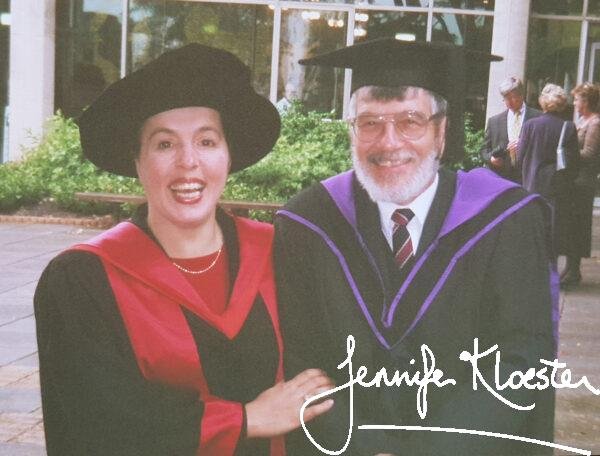
Amazing archives
Doing a PhD meant three and a half years of focussed research and I still think of it as an incredible privilege. Within a few months of beginning my Doctorate I had written to Georgette Heyer’s son, Sir Richard Rougier, and to her biographer, Jane Aiken Hodge, and received invitations to visit them when next I was in England. Sir Richard also gave me copyright permission to have his mother’s letters to her agent (1923-1944) copied and sent to me from the repository at the McFarlin Special Collection at the University of Tulsa, USA. Those letters were the first of several new archives of Heyer letters to come to light during my years of research and I have always been so grateful to all those who made access to them possible.

A dream come true!
Through my years of research I had not forgotten my idea for a “Georgette Heyer Handbook”. Indeed, my PhD had been a vital part of expanding my research as well as a wonderful entrée to libraries and archives that I would not otherwise have been easily able to access. Not long after my graduation, Roy Hay once again took a vital hand in my writing journey. I’d heard that Random House UK were planning to republish all of Georgette Heyer’s available novels and I wondered if they might be interested in my project. Roy emailed a former student of his who worked at Random House in Sydney and told her about my PhD and my idea for a Heyer companion, she forwarded his email to Random House in London, who immediately sent a message back asking me to contact them. I made that exciting phone call, which resulted in a request for a book proposal. I put one together, sent it off and ten days later, Random House offered me a contract for Georgette Heyer’s Regency World. It was an incredible, exciting, dream come true!

So much fun!
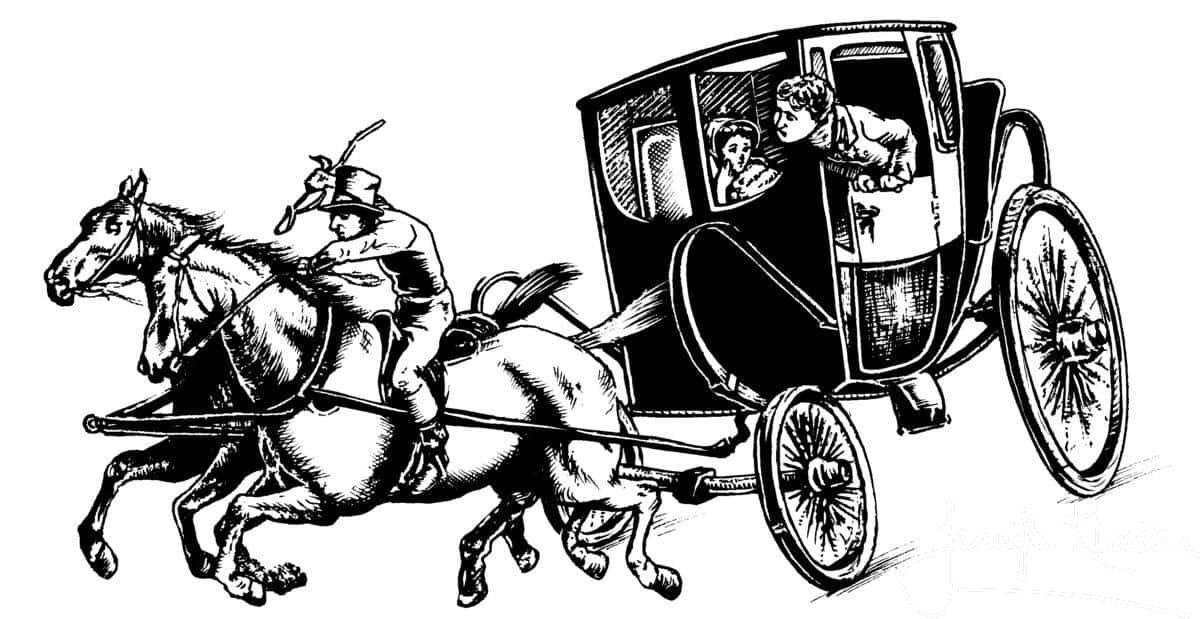
An eloping couple in a post-chaise
There was a lot of wish-fulfillment in writing Georgette Heyer’s Regency World because I was finally able to spend the time discovering many more of the details of the Regency period; all those things about which both Georgette Heyer and Jane Austen wrote with such ease. Austen because it was her world, and Heyer because she knew and loved Austen’s novels and because her own knowledge of the era was so good. One of my favourite chapters in Georgette Heyer’s Regency World is called “Getting About”. I’d always wanted to know what a high-perch phaeton looked like and a how a post-chaise worked with only a rider instead of a coachman to drive it. And what about a barouche? Jane Austen mentioned barouches in her novels and in Pride and Prejudice Lady Catherine de Bourgh is incredibly patronising when she offers Elizabeth Bennet a seat in her barouche. It was so much fun finding out about coaches and carriages and pedestrian curricles. I even had my wonderful illustrator, Graeme Tavendale, create a picture of two women in a high-perch phaeton, drving tandem down St James’s Street, because I’d always wanted to see Sophy Stanton-Lacy with po-faced Eugenia Wraxton beside her. So many of my mental visions came into being thanks to Graeme Tavendale.

Jane Austen’s Ghost
Perhaps it was inevitable that, having spent so many years researching Georgette Heyer, reading her novels and letters, writing articles and books and giving talks about her, I would eventually write my own Regency stories. The first of these is as much inspired by Jane Austen as it is by Georgette Heyer’s Regency world and I adored writing it. Jane Austen’s Ghost is a contemporary novel but with a Regency twist. It’s great fun but for those in the know it has all the invisible foundation of my years (and years) of research and reading. I loved bringing Jane Austen into the modern world and I loved writing the Regency letters that form the backdrop to the story. My next Regency tale is a novella called Priscilla Meets her Match. It will be out in time for Christmas.
